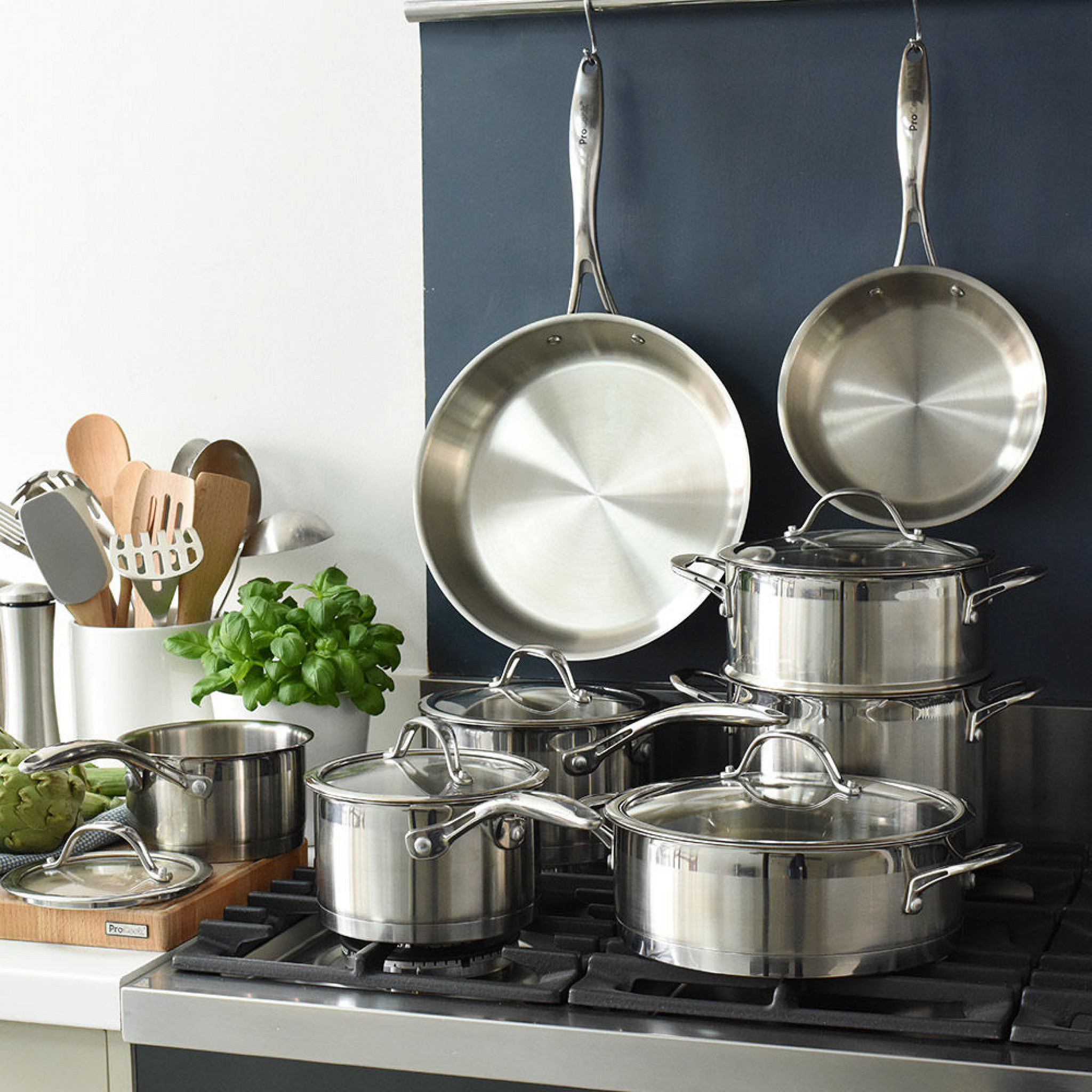ProCook Help Hub
The latest inspiration and advice from the experts at ProCook
Frying pans are a kitchen essentials. With its versatile nature, frying pans can be used to fry, sear and brown a variety of ingredients like vegetables, meats and eggs.
Like all cookware pieces, there are various coatings and materials to consider when purchasing a frying pans, as well as handles and pan thickness.
Aluminium
Anodised and aluminium pans possess a natural resistance to corrosion and rust, while also offering fantastic heat conductivity and fast heat distribution. If they have a non-stick surface, they're also easy to clean and promote oh-so-easy food release.
Stainless Steel
Although not as strong of a heat conductor as aluminium, we've specially crafted our stainless steel pans to include an aluminium base during construction for impressive heat conductivity and the elimination of hot spots. Our stainless steel pans allow you to enjoy the striking, shiny look and feel of stainless steel with the impressive performance of aluminium.
Cast Iron
Cast iron frying pans (commonly referred to as skillets), are durable and ideal searing meats. Your cast iron will either come pre-seasoned or need seasoning yourself, and each time you use the skillet, non-stick capabilities will continue to naturally build.
Carbon Steel
Designed to handle high and low heat, carbon steel offers a natural non-stick if used correctly. A dark patina will appear over time, which is a non-stick coating that becomes better over time.
Different Frying Pan Materials
Check the Thickness of the Frying Pan
While material construction could be considered the most important element to consider when buying a frying pan, you should also check the thickness of the pan. Although it comes to personal preference, thicker frying pans are generally preferable. A thicker pan has a greater distance between the cooking surface and the heat source, so by the time the heat reaches the cooking surface, it will have spread evenly which is ideal for consistent cooking results.
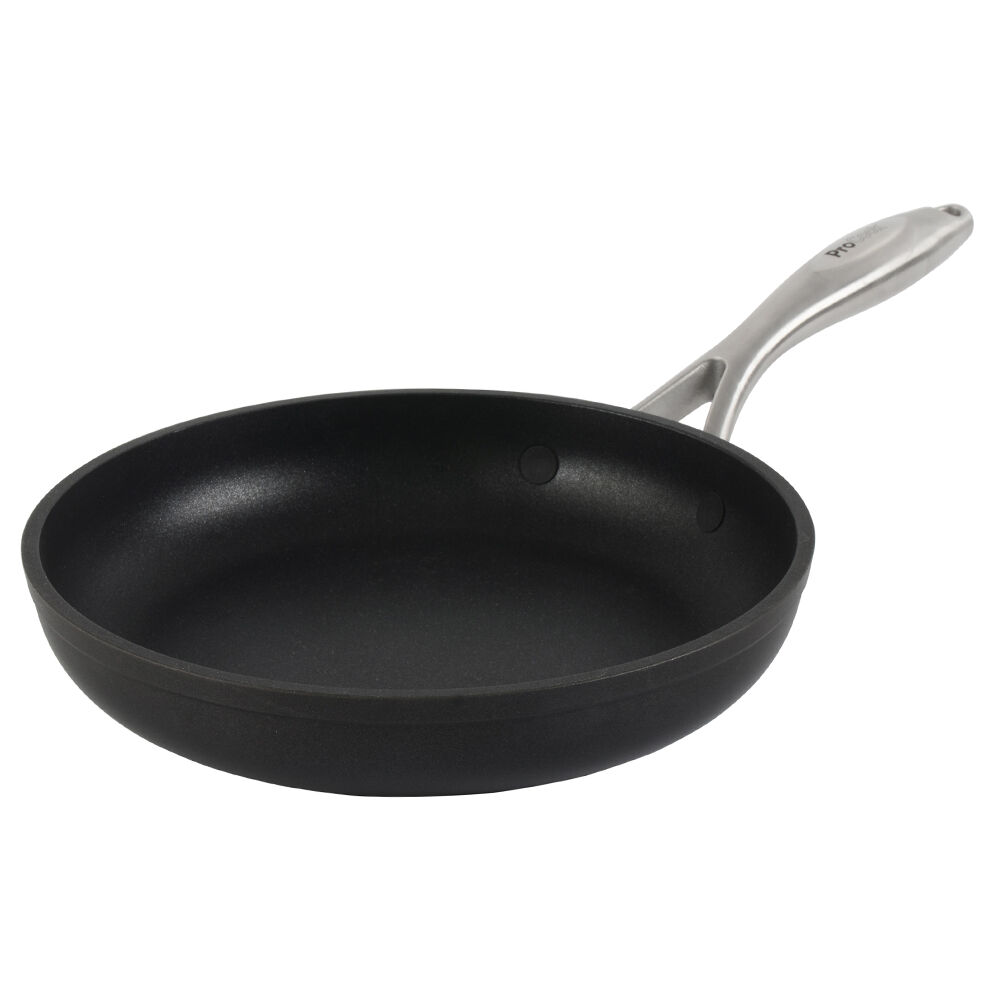
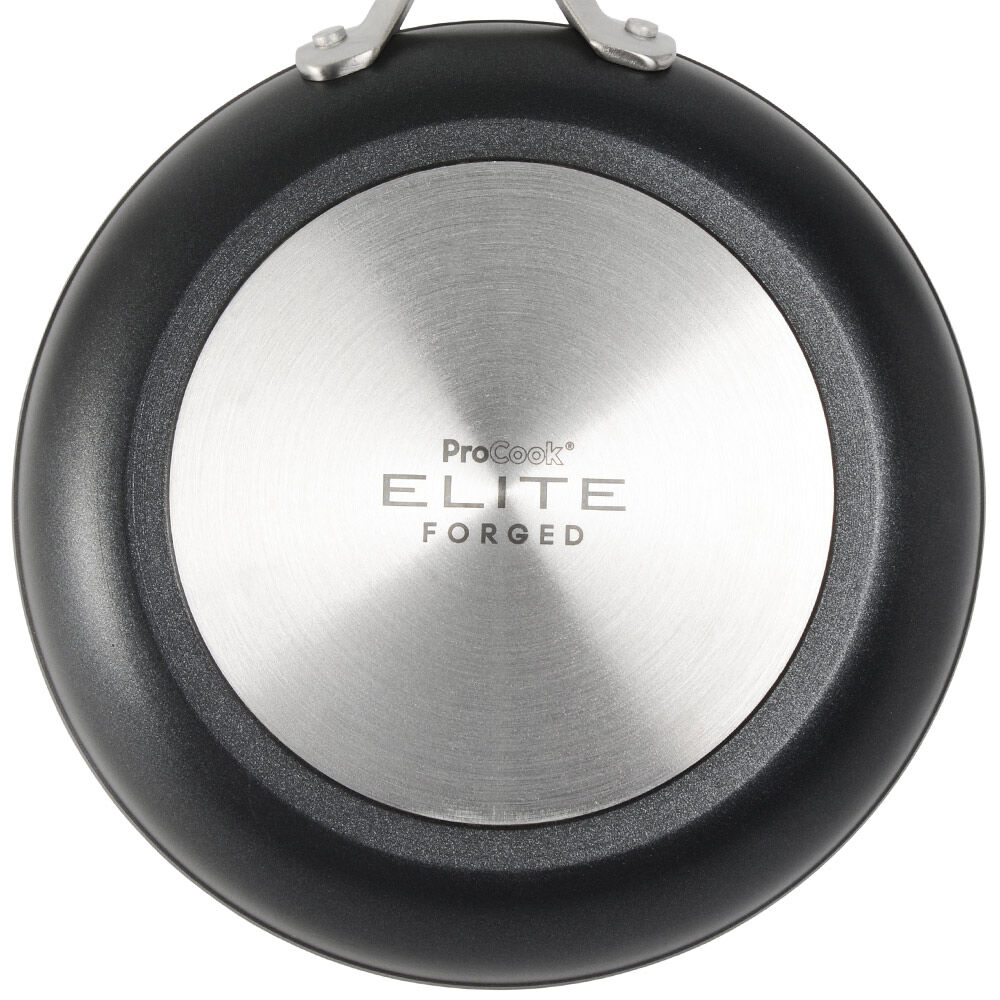
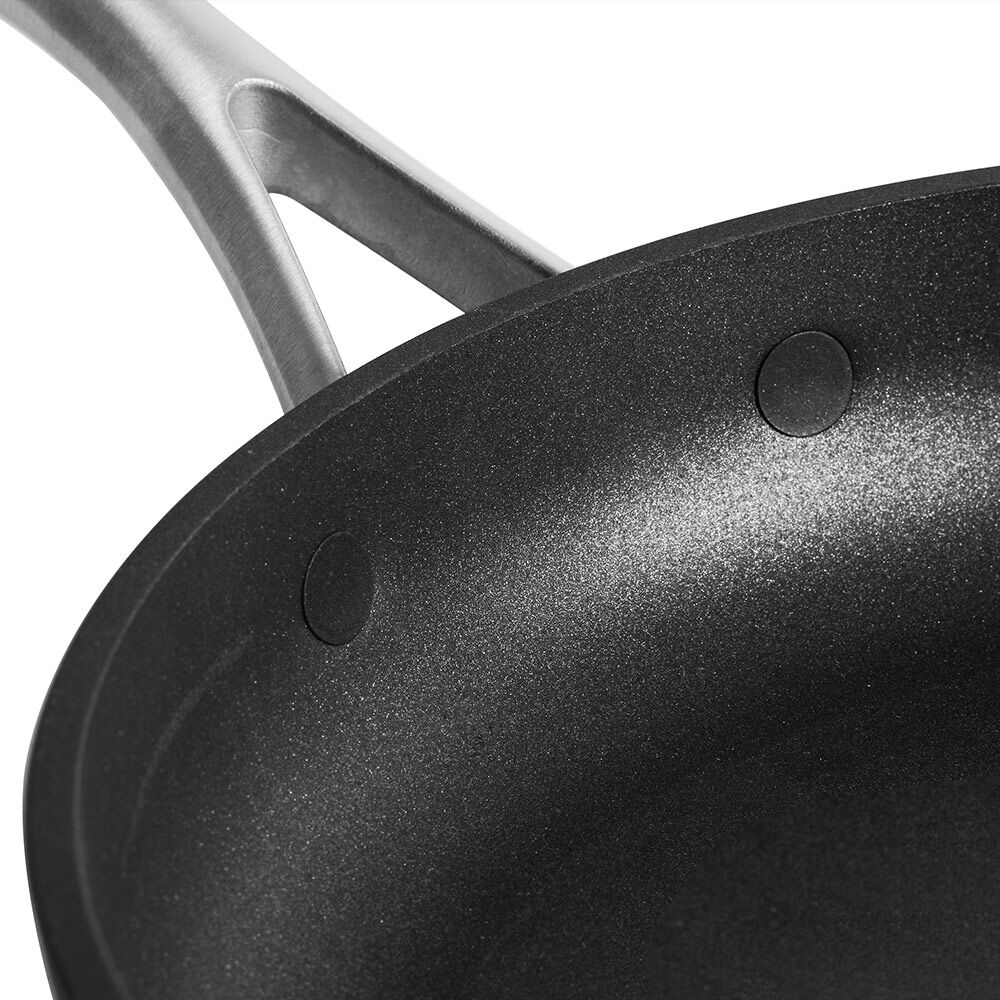
Frying Pans Sizes
The right size frying pan matters. Smaller frying pans can evenly distribute heat more easily and are quicker to heat up, which is ideal for cooking eggs or searing smaller pieces of meat. Larger frying pans will take a little longer to heat up but can handle greater quantities of ingredients.
Ensure that your frying pan fits the hob you're cooking on. Small frying pans on larger hobs can conduct poorly and vice versa.
Rivets are typically found where the handle is attached to the frying pan. While rivets do not impact a frying pan's cooking abilities, rivetless frying pans can look more attractive with their sleek and seamless finish.
Rivets require a more thorough cleaning than a rivetless frying pan, as bacteria can build up around the rivets. For those looking for frying pans that are easy to maintain and quick to clean, then a rivetless frying pan may be preferable.
ProTip:
We chose rivets over 'screw-in' handles because rivets provide greater stability and will never come loose, improving the frying pan’s longevity.
Rivet or Rivetless Frying Pans?
Frying pans do not typically require any form of seasoning beforehand, although it's always best to double check the manufacturer's instructions before use. No ProCook frying pans require seasoning. Simply unpackage and wash before cooking.


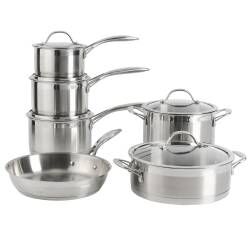
 Electricals
Electricals
 Coffee
Coffee
 Mixers and Blenders
Mixers and Blenders
 Kettles and Toasters
Kettles and Toasters
 Cooking
Cooking
 Small Appliances
Small Appliances
 Cookware & Bakeware
Cookware & Bakeware
 Pots and Pans
Pots and Pans
 Speciality Cookware
Speciality Cookware
 Baking
Baking
 Roasting
Roasting
 Knives
Knives
 Knife Sets
Knife Sets
 Single Knives
Single Knives
 Knife Accessories
Knife Accessories
 Tableware
Tableware
 Single Items
Single Items
 Serveware
Serveware
 Table Accessories
Table Accessories
 Outdoor Dining
Outdoor Dining
 Drinkware
Drinkware
 Hot Drinkware
Hot Drinkware
 Cafetieres and Teapots
Cafetieres and Teapots
 Drink Accessories
Drink Accessories
 Accessories
Accessories
 Kitchen Utensils
Kitchen Utensils
 Tools and Gadgets
Tools and Gadgets
 Storage
Storage
 Cleaning
Cleaning
 Summer desserts and baking
Summer desserts and baking
 Offers
Offers
 Gifting
Gifting

